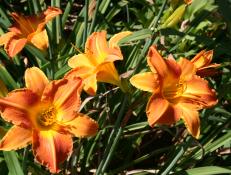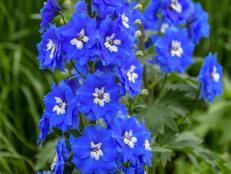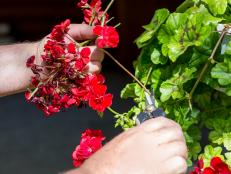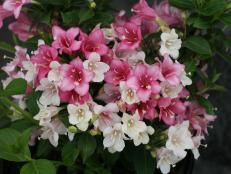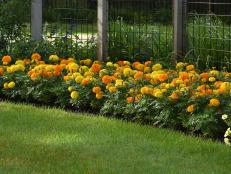Jasmine: How to Grow and Care for Jasmine Varieties
From jasmine vines to jasmine shrubs, find out how to plant and care for this popular, prolific garden plant.
Jasmine (Jasminum spp.) is well known and widely cultivated for its intensely fragrant flowers. Climbing on arbors and trailing over garden walls, it adds a naturally sweet aroma to the air. Most people aren't aware that there are 200 species of jasmine plants. They are native to tropical climates in southern Europe, Asia and islands of the central and southern Pacific Ocean.

Shutterstock/Kengrx19
Common Jasmine (Jasminum officinale).
Types of Jasmine
While many plants share the common name, some are actually false jasmine. True jasmine comes from the plant family oleacea, or olive family. The group includes loose, sprawling shrubs and climbing vines. Jasmine flowers are white, pink or yellow, and their leaves are shiny and deep green.
Jasmine Vine vs. Jasmine Shrub Care
Whether you choose the jasmine shrub or vine variety, growing, caring for and propagating jasmine is virtually identical. If you are thinking of planting jasmine, here are some gardeners' favorites.
Jasmine Varieties to Try
Common Jasmine (Jasminum officinale), Evergreen Vine
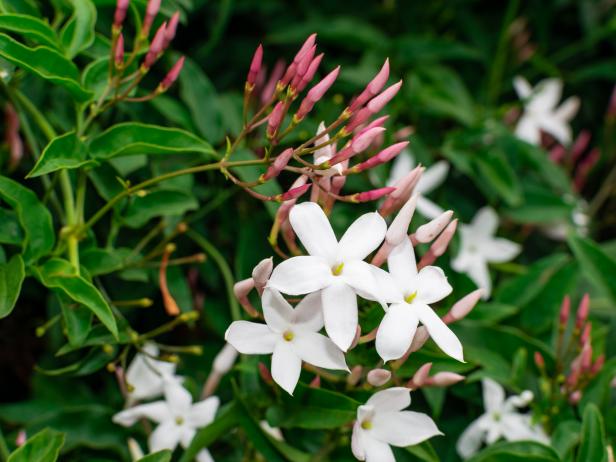
Shutterstock/Martin Leber
Common Jasmine (Jasminum officinale) is a species of flowering plant in the olive family Oleaceae.
- Zone: 7-10
- Height: 20' to 30'
- Spread: 7' to 15'
- Bloom Time: summer
- Bloom Description: white to pale pink flowers
- Sun: full sun to part shade
- Water: medium
Arabian Jasmine (Jasminum sambac), Evergreen Shrub
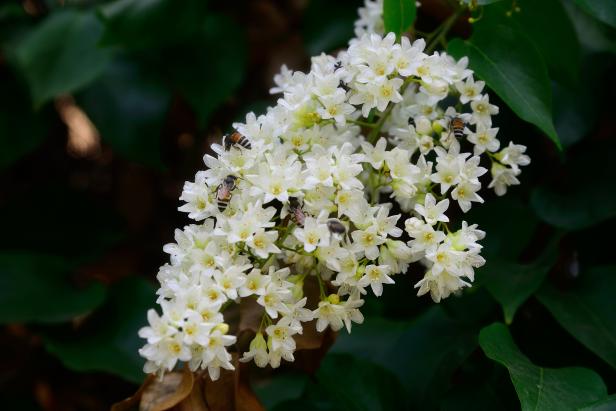
Shutterstock/Songsak
Arabian Jasmine (Jasminum sambac) is a species of jasmine native to tropical Asia, from the Indian subcontinent to Southeast Asia.
- Zone: 9-11
- Height: 4' to 5'
- Spread:4' to 5'
- Bloom Time: summer
- Bloom Description: white flowers
- Sun: full sun to part shade
- Water: medium
Pink Jasmine (Jasminum polyanthum), Evergreen Vine
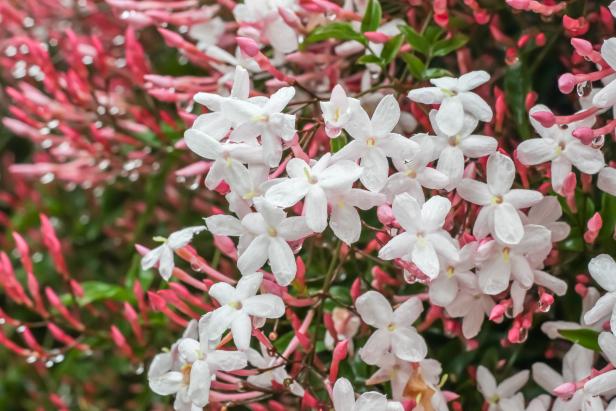
Shutterstock/Patrick Civello
Pink Jasmine (Jasminum polyanthum) also known as white jasmine, is an evergreen twining climber native to China and Burma.
- Zone: 8-11
- Height: 20' to 25'
- Spread: 10' to 15'
- Bloom Time: early spring to mid summer
- Bloom Description: pink buds open to white flowers
- Sun: full to partial sun
- Water: medium
Winter Jasmine (Jasminum nudiflorum), Deciduous Vine

Shutterstock/Horizonphoto
Winter Jasmine (Jasminum nudiflorum) is a slender, deciduous shrub native to China. The flowers bloom right after winter, in early spring.
- Zone: 6-10
- Height: 10' to 15'
- Spread: 3' to 6'
- Bloom Time: late winter to early spring
- Bloom Description: yellow flowers
- Sun: full sun to part shade
- Water: medium
Florida Jasmine (Jasminum floridum), Semi-evergreen Shrub

Shutterstock/Iva Villi
Florida Jasmine (Jasminum floridum) is a versatile mounding shrub that can be trained as a vine or used to cover banks.
- Zone: 7-9
- Height: 3' to 4'
- Spread: 4' to 6'
- Bloom Time: spring and summer
- Bloom Description: yellow flowers
- Sun: full sun to part shade
- Water: medium
How to Use Jasmine
Plant jasmine where you can best enjoy its wonderful scent. The trailing varieties make good ground cover plants. Allow shrubby types to sprawl and spill over walls or banks, or loosely attach to fences. Tie climbers to posts, arbors or trellises —especially near outdoor seating areas or around windows. Jasmine also makes a good pollinator plant, as it attracts butterflies and hummingbirds.
How to Grow Jasmine
Plant jasmine in full to partial sunlight, in well-drained soil of average fertility. Keep it evenly moist. It grows well as a container plant outdoors, or in well-lit indoor locations. Several varieties will tolerate low light, but they bloom less in low light conditions.
Propagating Jasmine
In summer, take 6-inch cuttings from branch tips of a vigorous jasmine plant. Remove the leaves from the bottom 4 inches of the cuttings, and dip them into rooting hormone. Jab the cuttings into damp sand or vermiculite, spaced 2' to 4' apart, and cover with plastic. Keep the cuttings in a warm bright location, out of direct sunlight. After 4 to 5 weeks, check for root development. When roots have developed, transplant rooted cuttings to individual 4-inch containers with potting soil.
How to Care for Jasmine
When planted outdoors, in the ground or in containers, jasmine plants have few pests or diseases. Give them plenty of sunshine and adequate water and they will prosper.
Jasmine As Houseplants
If you keep them as houseplants, watch out for insect pests. Scale, mealybugs and whitefly sometimes become problematic. Insect infestations almost always result from stressed plants. Give your indoor jasmine plants as much sunlight as possible and be careful not to overwater.
Pruning
Prune jasmine plants after flowering. Established climbing plants that are attached to supports should be cut back to the post, trellis or arbor to maintain a full, tidy appearance.








